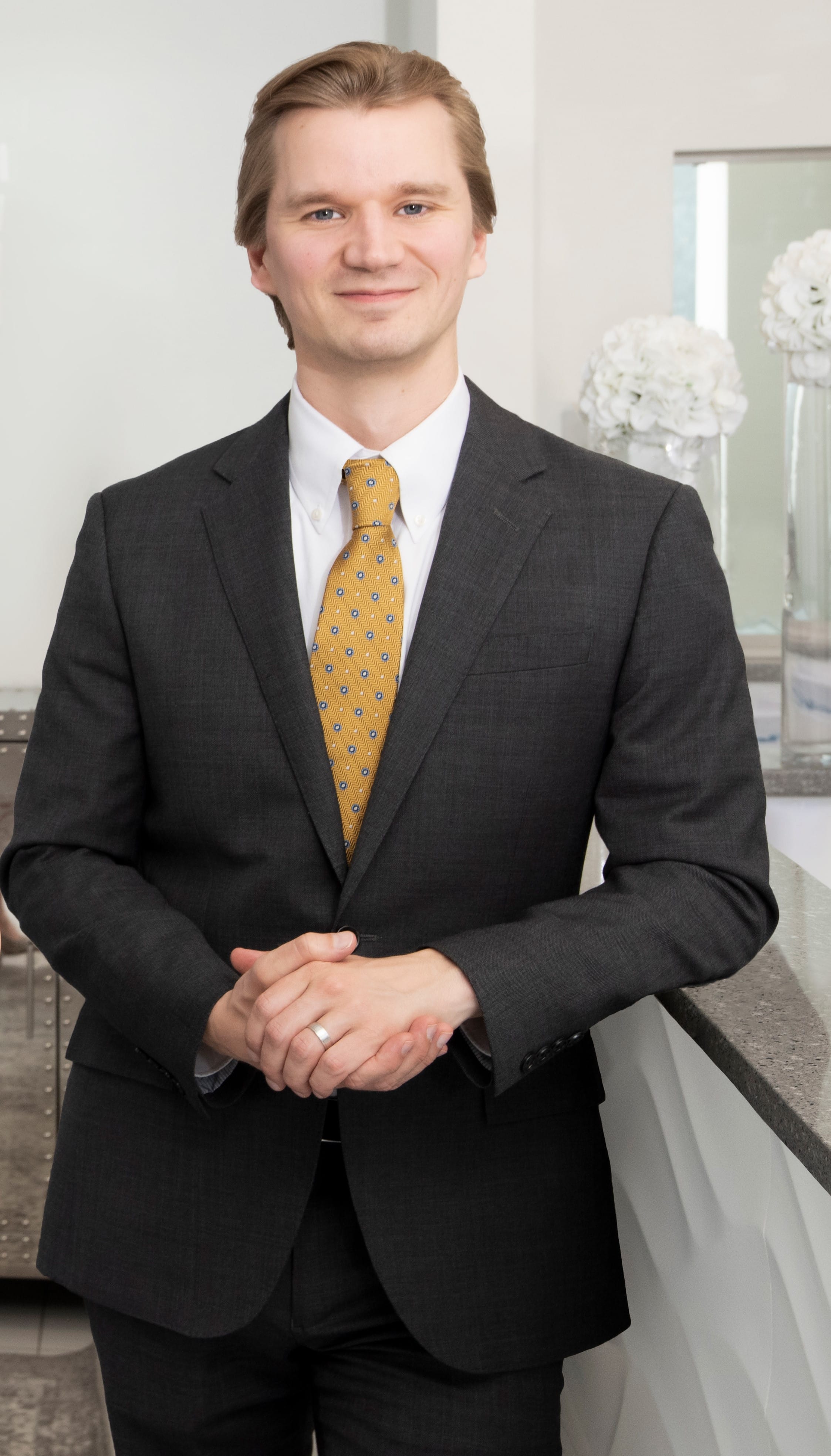
By now, most Americans are familiar with the weight loss drugs that are flooding our media and medicine cabinets—they go by brand names like Ozempic, Wegovy, Zepbound and Mounjaro. They are all classified as GLP-1 receptor agonists—appropriately abbreviated as ‘GLP-1s’—a class of medication originally devised to treat type 2 diabetes. When these drugs were also discovered to suppress appetite and promote weight loss, they became the obsession of the pharmaceutical industry, investors, and celebrities alike (think Elon Musk, Oprah Winfrey, and Charles Barkley to name a few).
Medical weight loss medications are now poised to become as ubiquitous as antidepressants, statins, and antihypertensives. Morgan Stanley estimates the 24 million Americans—7% of the population—could be taking these medications by 2035. These medications do work. However, the same patients who eagerly watch the numbers on the scale rapidly tick down may not be prepared for the changes that may take place in their appearance.
I’m a facial plastic surgeon, and most of my practice is dedicated to treating the aging face. A few years ago, it would have been a novelty to encounter someone in my surgical practice who was undergoing medical weight loss. After all, Ozempic was only introduced to the market in 2017 (for diabetes), followed by Wegovy in 2021 (for weight loss). I now see patients every week taking GLP-1s, sometimes shedding one hundred pounds or more. What brings these people to the office of a facial plastic surgeon? It’s simple: they appear to age rapidly as they shed the extra pounds. “Ozempic face.”
It turns out that losing the excess weight is like letting the air out of a balloon—cheeks that were shapely and buoyant become saggy and deflated. The neck suffers a similar fate. Most of the patients I now see in my facial rejuvenation practice cite weight loss as a precipitating factor leading them to face- and neck lift surgery. When we consider that part of the motivation to lose weight is often to reclaim a confidence-boosting appearance, it makes sense that when confronted with loose, sagging skin after weight loss, many turn to surgery to complete their transformation.
Why does ‘Ozempic face’ happen? As we get older, our skin naturally loses its elasticity. Having a thicker layer of subcutaneous fat under the skin will mask the loss of skin elasticity that occurs with aging. When that mask is removed (in the form of rapid weight loss), the true aging of the skin is revealed. For younger people, the skin may easily contract back down to the form of the face and neck. However, older people are more likely to see sagging skin and loss of a youthful facial shape. So, the weight loss medications do not cause the skin to sag per se, they merely unmask the signs of aging.
Here is what you need to know if you are interested in medical weight loss, or already seeing some of the effects of the medication. The GLP-1s themselves do not cause facial aging—they merely unmask soft tissue changes that have already taken place. The effects of volume loss look different for everyone; by extension a corrective plan will vary from person to person as well. Before seeking surgery, be confident that you are stable at a healthy target weight. (Beware, if you stop taking the medications, you will likely regain weight that was lost). Interested in learning more? Come see us at The Spiegel Center! Call 617-566-3223 or email [email protected] to set up a consultation with one of our Board-Certified Facial Plastic Surgeons.





